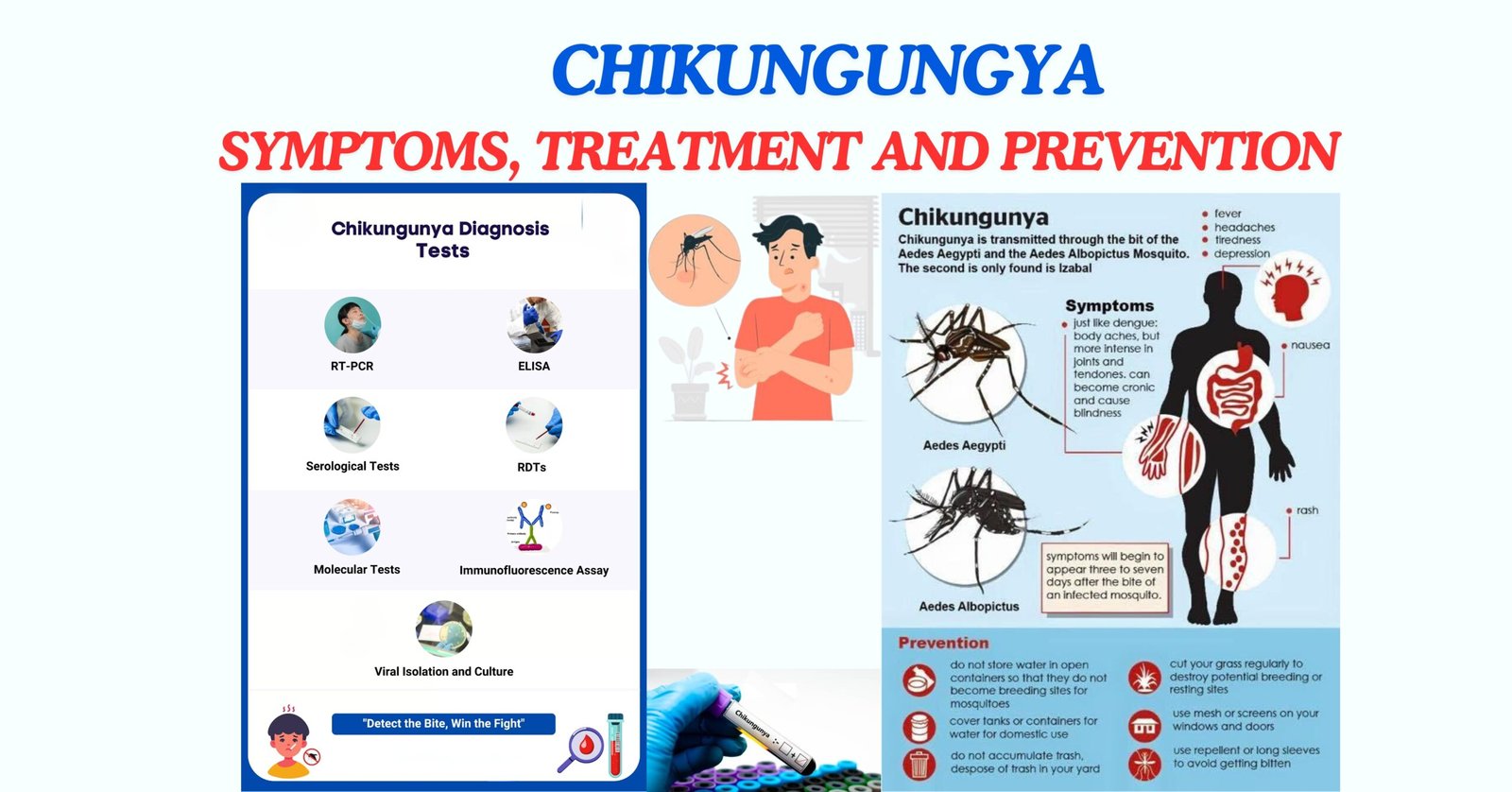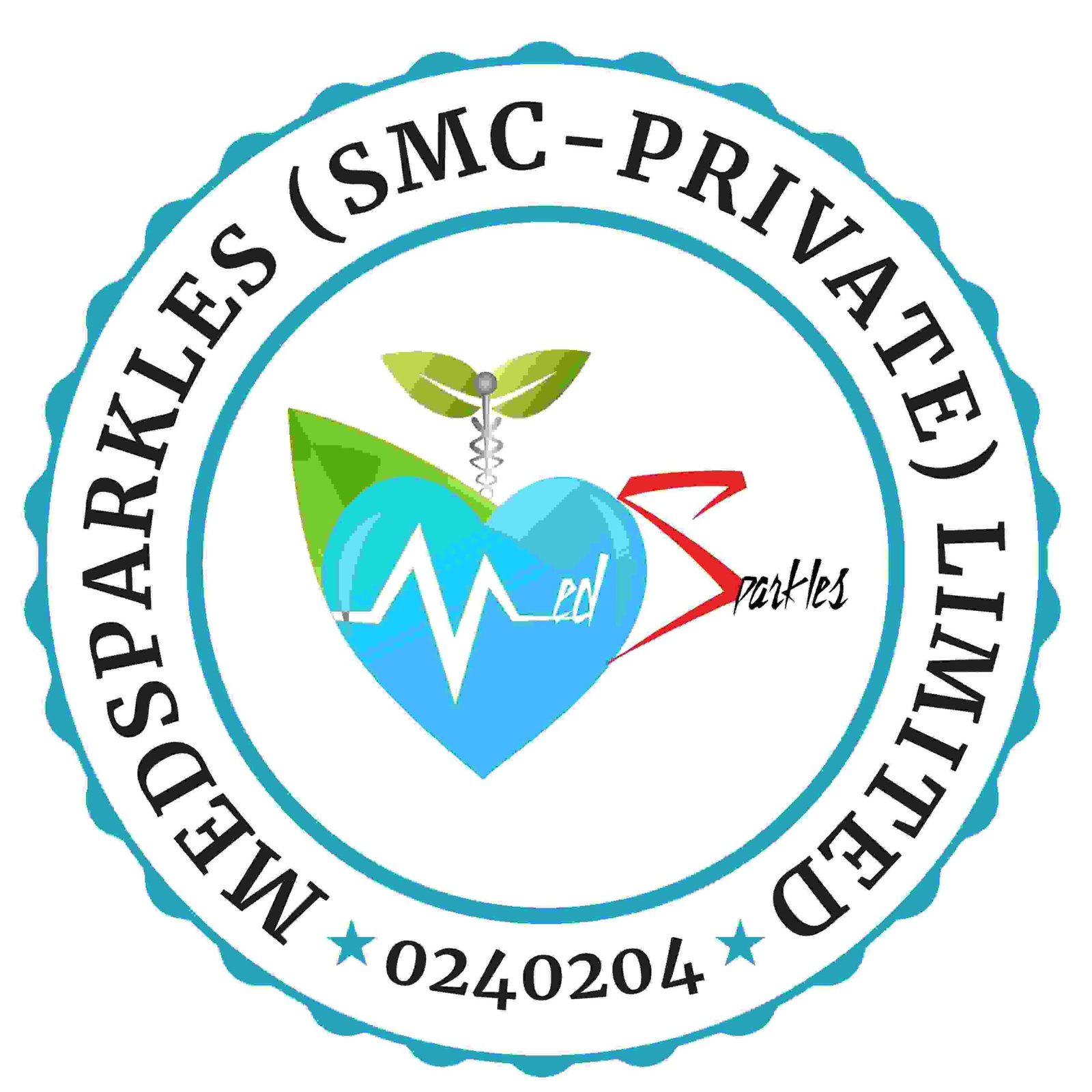In addition to being annoying, mosquitoes can also transmit diseases, such as the chikungunya virus. Learn more about the symptoms of chikungunya and how to protect your loved ones from mosquitoes that can carry diseases.
Chikungunya is a mosquito-borne disease that is transmitted to humans through the bites of the Aedes aegypti and Aedes albopictus species. Both bite aggressively during the day.
Our scientists breed and study Aedes aegypti and Aedes albopictus mosquitoes at the Institute of Insect Science for Family Health to develop tips and products that can help you protect your family and get rid of mosquitoes that transmit chikungunya virus.
SIGNS AND SYMPTOMS OF CHIKUNGUNGA
According to the World Health Organization, most people infected with chikungunya develop some symptoms. Chikungunya symptoms usually begin 4 to 8 days after being bitten by an infected mosquito, but may take 2 to 12 days . Chikungunya symptoms include:
- Fever
- Joint and muscle pain
- Headache
- Nausea
- Fatigue
- Rash
Most people with chikungunya virus recover fully, but in some cases, joint pain may persist for several months or even years1 . Because chikungunya shares some symptoms with Zika and dengue , it can be misdiagnosed in areas where other mosquito-borne diseases are also common.

Pathogens and transmission
Chikungunya fever is caused by the virus of the same name. The name means “the one who walks bent over”, a reference to the sometimes severely limiting joint pain that can occur when the disease occurs. Infection occurs mainly through the bite of infected mosquitoes of the species
Aedes albopictus (Asian tiger mosquito) and
Aedes aegypti (yellow fever mosquito). These mosquitoes are found in many cities and regions in the subtropics and tropics and mainly bite during the day.
Clinical Picture
The disease usually occurs seven to nine days, rarely three to twelve days, after being bitten by an infected mosquito and is characterized by rapidly rising high fever, severe joint and muscle pain and headaches, sometimes accompanied by a skin rash. The majority of cases are harmless, but severe cases have been observed in newborns, the elderly and people with chronic illnesses. There is currently no drug effective against the virus, so treatment can only alleviate symptoms. Once the disease has been overcome, lifelong immunity is maintained.
Distribution and frequency
Chikungunya fever has spread worldwide over the last decade and has caused outbreaks in many regions with mosquitoes that transmit the disease. Transmissions have also occurred in Europe. All of the people affected in Austria so far have been infected while travelling; no transmission within the country has ever been reported.
Prevention
The most important measure to avoid infection is to protect yourself from mosquito bites. Aedes mosquitoes are active during the day and bite from dawn to dusk. It is advisable to wear long-sleeved, loose clothing treated with insecticides, to apply mosquito repellent during the day and evening and to sleep under a mosquito net. Even the smallest accumulations of water in town and country can be breeding grounds for mosquitoes ( eg in old tires, plant pots/saucers, rain barrels).
For further information on the worldwide spread and prevention of the disease, please contact a specialist in travel medicine. To obtain up-to-date information on the worldwide spread and prevention of the disease, we recommend a personal travel medical consultation in good time before you travel.
Diagnosis
Using assays like reverse transcriptase–polymerase chain reaction (RT–PCR), blood samples taken during the first week of sickness can be used to directly detect the chikungunya virus.
A person’s immunological response to a chikungunya virus infection can be determined by other testing. These are usually used to check for viral antibodies following the first week of illness. The antibody levels may usually be found within the first week of the sickness starting and remain detectable for around two months after that.
- Serologic testing after the first week of sickness or nucleic acid testing during the acute phase of infection can be used to detect chikungunya virus disease.
- Neutralising antibody testing at a state public health laboratory or the CDC is recommended to confirm a positive result from an IgM antibody test specific to the chikungunya virus.
- To get help with diagnostic testing, get in touch with your state or local health agency.
Considerations
Patients with sudden fever and polyarthralgia should be evaluated for chikungunya virus infection, particularly those who have just returned from regions where the virus is known to be transmitted.
Testing blood or plasma for the presence of viruses, viral nucleic acids, or virus-specific immunoglobulin (Ig) M and neutralising antibodies is the standard procedure for laboratory diagnosis.
A ailment that must be reported nationwide is the Chikungunya viral illness. It is recommended that healthcare practitioners notify their state or local health authority of any suspected cases of chikungunya in order to expedite diagnosis and reduce the likelihood of local spread.
Recommended tests
Using reverse transcription-polymerase chain reaction (RT-PCR), chikungunya virus RNA may frequently be detected in serum during the first eight days of illness. In the first three days of sickness, a viral culture may reveal the presence of the virus; nonetheless, chikungunya virus handling should adhere to BSL 3 protocols.
Antibodies against the chikungunya virus often appear towards the conclusion of the first week of sickness. Convalescent-phase samples should thus be taken from individuals whose acute-phase samples test negative in order to conclusively rule out the diagnosis.
The CDC, several state health agencies, and commercial laboratories offer diagnostic testing. False positive IgM findings for chikungunya virus-specific IgM antibody tests can happen, hence neutralising antibody testing at a state public health laboratory or the CDC is recommended to confirm positive results.
Learn more about Dengue, Prevention of Dengue, Treatment , symptoms and prevention of Dengue.





